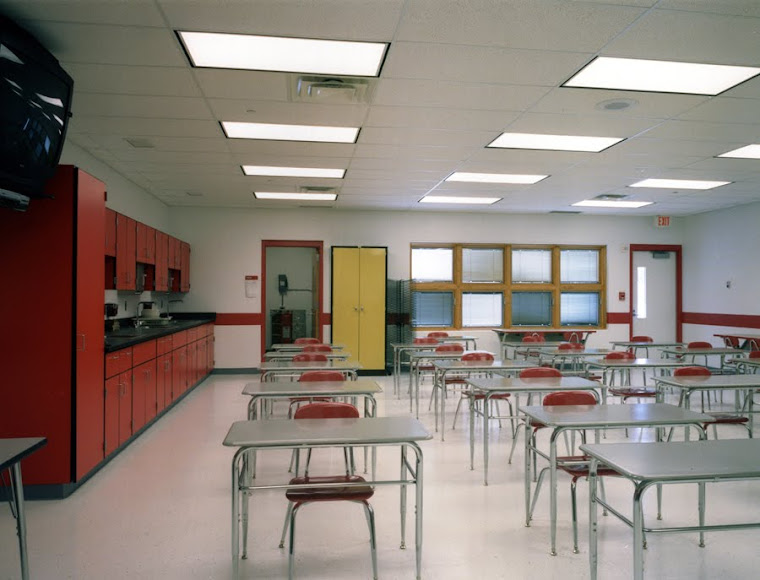Creative Connector:
In chapter two, white dominance is detailed in great depth, especially in terms related to indigenous peoples or Native Americans. Howard explains how some teachers have the misconceptions that these Native American students “don’t work well” and have “little parent support.” According to teachers these students have no stake in their work and are “unresponsive” in the classroom. During my time in a rural school similar misconceptions and labels were being placed on students in the area.
This school had a new, as well as large population of Hispanic children. These Hispanic students in the classroom were the children of migrant workers, workers that traveled generally from Florida to New York for the harvest seasons. Many of the students had very rough lifestyles, living in cold trailers provided by farm owners with multiple families living in each trailer. These students never had a place to call home as they generally were always moving from state to state while their families worked for different farmers. Some families however would end up settling for long periods of time. Teachers started creating very damaging misconceptions that led to a lot of students being neglected. These students were labeled while never really being understood. The language barrier was the hardest thing to overcome for the teacher student relationship, but parents were also seen as “useless” because the parents were not able to communicate with them. The teachers didn’t understand that school was the last thing on these students’ minds. These students often had to worry about their essential needs: meals, heat, clothing, sleep. Along with these basic needs the students never knew when their families would pack up and move again.
Essentially I feel as though no matter what others may be saying about a student or feel about a student a good teacher nurtures and support their students. Students that are the minority within the school or coming from a diverse background need more support and need to feel comfortable in their environment before they will be able to achieve. This is just another form of social dominance and needs to end in order for social transformation.
Essence Extractor
As educators of diverse students we need to shatter ideas of white dominance and work towards social transformation. As positive role models and teachers we need to sculpt our students into catalysts for change.
Vocabulary Vitalizer
Dominant Culture: the majority that usually holds power, controlling institutions, cultures of “others” are suppressed
Social Positionality: how we view the world and how we construct reality within our world
Subjective: how we see others and how others see me
Objective: our social position i.e. jobs, salary, education level
Equity: actions, treatments of others. The general condition of justice, fairness and impartiality.
Manifestations: act of showing or demonstrating something
Oppression: mistreatment and exploitation of one group of people by another group of people
Pluralistic community: people of different groups, backgrounds and religions living within the same functioning community – no single group is dominant.
People within the dominant culture are rarely equitable, rather they are oppressive in their actions. The subjective views they have towards others are those of a "better than you" attitude. Objectively people within the dominant culture believe they have better social positions or deserve them more than others.

No comments:
Post a Comment